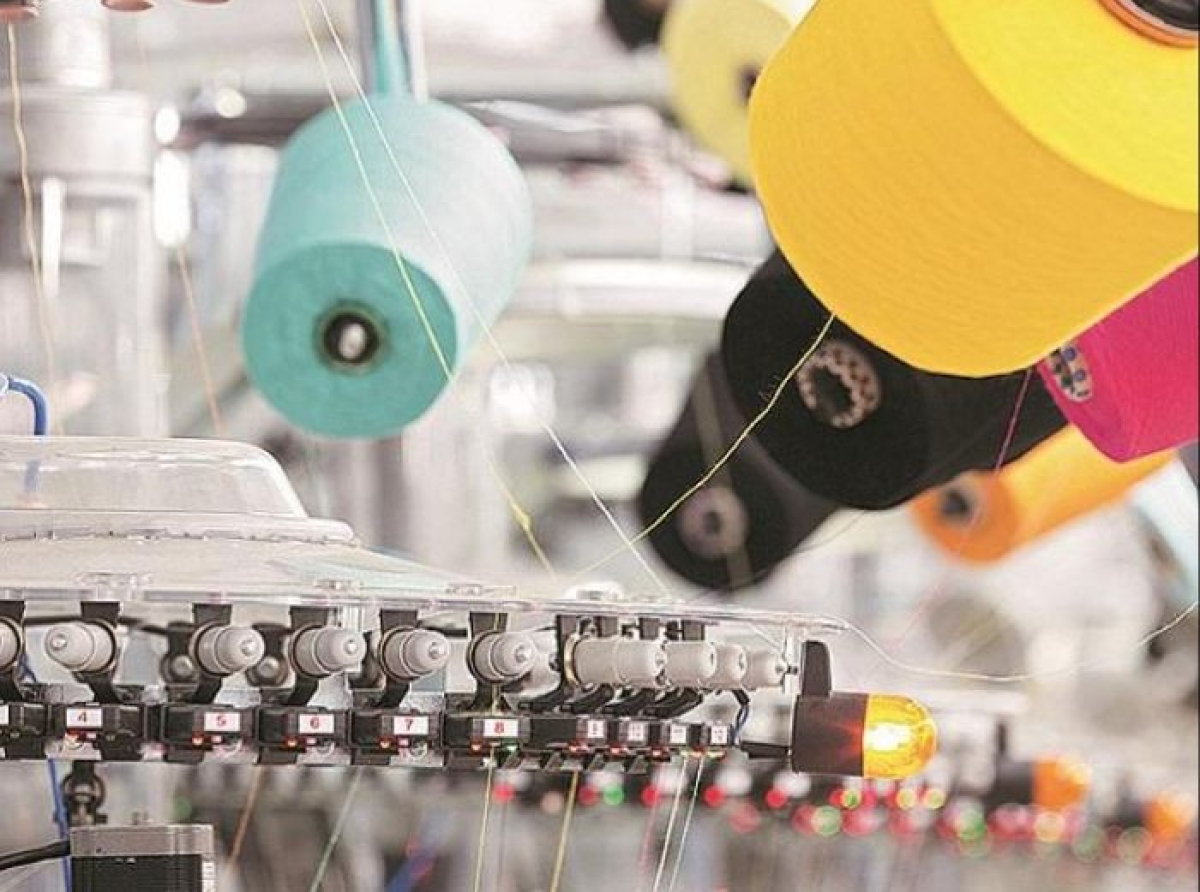Man Made Fibre role in cotton dominated Indian Textile Industry

07 December 2022, Mumbai
Defining any fibre in terms of 'Physical and mechanical properties' is a unit of matter demonstrating flexibility, fineness, and a high ratio of length to thickness so to say is how any expert will explain it for elementary understanding. For the uninformed, the article puts the spotlight constantly upgrading readers in their extraordinary trade understanding journey; on the fundamental ground natural fibres are classified given/according to their origin, whilst man-made fibres are so to say when they do not occur in nature in fibre form.
Polyester and viscose comprise around 94% of the local Man-Made Fibre (MMF) market, their two main constituents (in volume terms). In this, polyester makes up around 77.5% of the total, with viscose making up the remainder. The man-made fibre industry has expanded greatly in recent years so is its economic prospects.
Dossier
MMF is generally used to create blended and 100% non-cotton fabrics, which are then used to make ready-to-wear (RMG) apparel/garments, home textiles, and other industrial textiles. India stands 6th in exports of MMF textiles and the prognosis is that there is a lot of uptick in its growth story.
In fiscal 2020, the total demand for MMF and yarn (made of polyester and viscose) was predicted to be 6,066 ktpa. In fiscal 2022, PFY demand is anticipated to increase by 15% to 20%. The demand for PSF is expected to increase by 14–19%. Between 2015 and 2025, the need for textile fibers is expected to grow by an average of 2.80% per year, from 90.10 million tonnes to 119.20 million tonnes, while the demand for man-made fibers is anticipated to grow by 3.7% in 2025. In 2020, India's monthly average MMF garment exports fell to $256.18 million.
Interestingly what supports the case of MMF playing a larger role according to credible trade reports in the interconnected trade space, given the demand for man-made fibres (MMF) is to shoot up from 72% to 73%, particularly in reference to developing countries Pan-Asia.
Whilst Global end-use demand for textile fibres is forecasted to rise in orderly evolution reportedly by an average of 2.80% per annum (PA) through 2015 and 2025, the data point drawing from the trade we have to say is from 90.10 mn tons to 119.20 mn tons.
Consumer Preferences and Choice
Increased use in nonwoven and technical textiles, shifting consumer preferences—including a focus on hygiene and fitness—growing brand consciousness, rapidly shifting fashion trends, and expanding female labor participation will all help to drive up demand for synthetic fibers. Exports of man-made textiles totaled $6.3 billion, accounting for 14% of all exports. This represents an increase of 51% and 18% in 2021–22 over FY 2020–21 and FY 2019–20, respectively.
Natural and man-made fibres
India has always prioritized cotton textiles, but the world's mill fiber consumption is shifting toward synthetic fiber (MMF). The Production Linked Incentive (PLI) Scheme for Textiles has been developed with an approved outlay of INR 10,683 crore over five years to promote the production of MMF Apparel, MMF Fabrics, and Products of Technical Textiles in the nation. This was done to recognize the potential for growth and employment in the MMF sector. The goal is to make it possible for the textile industry to grow and scale while still becoming competitive. The textile industry's use of mixed fiber/yarn will grow overall due to the increased availability of MMF and MMF yarn.
Make no mistake given that cotton is a natural fiber & there is a compelling need for cotton demand creation to explore new markets, innovation-led value-added production, cost efficiency, and deploying sustainable production best practices on the back of improved efficiency with risks evenly balanced. Unravel fiber types; The two main categories of man-made fibers (MMF) are synthetic and cellulosic. Cellulosic fibers are made from wood pulp, whereas synthetic fibers are made from crude oil. Polyester, acrylic, and polypropylene are the three main types of synthetic staple fibers. Viscose, modal, and other types of fiber are cellulosic. Man-made fiber textiles are those made from these synthetic and cellulosic fibers. However, blends of man-made and natural fibers, primarily cotton, are currently more popular than pure textiles made of man-made fibers.
Shifting paradigm
Worldwide demand for textiles comprised of man-made fibers (MMF) is rising as a replacement for cotton due to shifts in fashion preferences. Currently, MMF accounts for 72% of all textile fiber use worldwide, and 28% is made up of natural fiber, or a 72:28 ratio reflecting that the global fiber consumption trend is only projected to shift further toward man-made fiber while interestingly quite reverse is the case in India.
Due to cotton and other natural fibers' intrinsic growth restrictions, MMF has progressively increased in market share. The demand for man-made fibers is anticipated to grow by 3.4% in 2017, while the demand for cotton is only expected to increase by 0.5%, according to the Textiles Intelligence Report on Forecasts of Regional and Global End-Use.
These trends will cause cotton's share of global end-use demand to decline to 25.7%, while the percentage of man-made fibers will increase from 72.5% to 73.0%. Most of this growth will occur in developing nations, primarily in Asia. Disclaimer: In our observation, having given numbers the evidence is very inconclusive and, this being a structural issue the jury is still out and is open to any interpretation of the growth curve/edge up of all the existing fibres.
Latest Publications





























